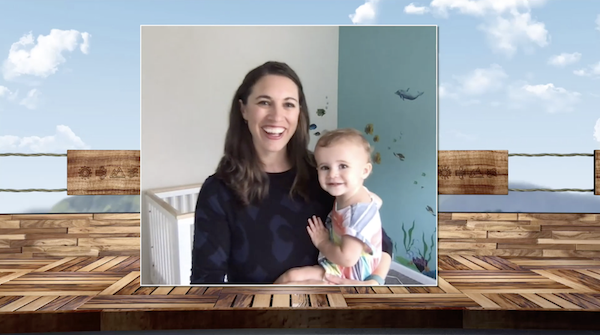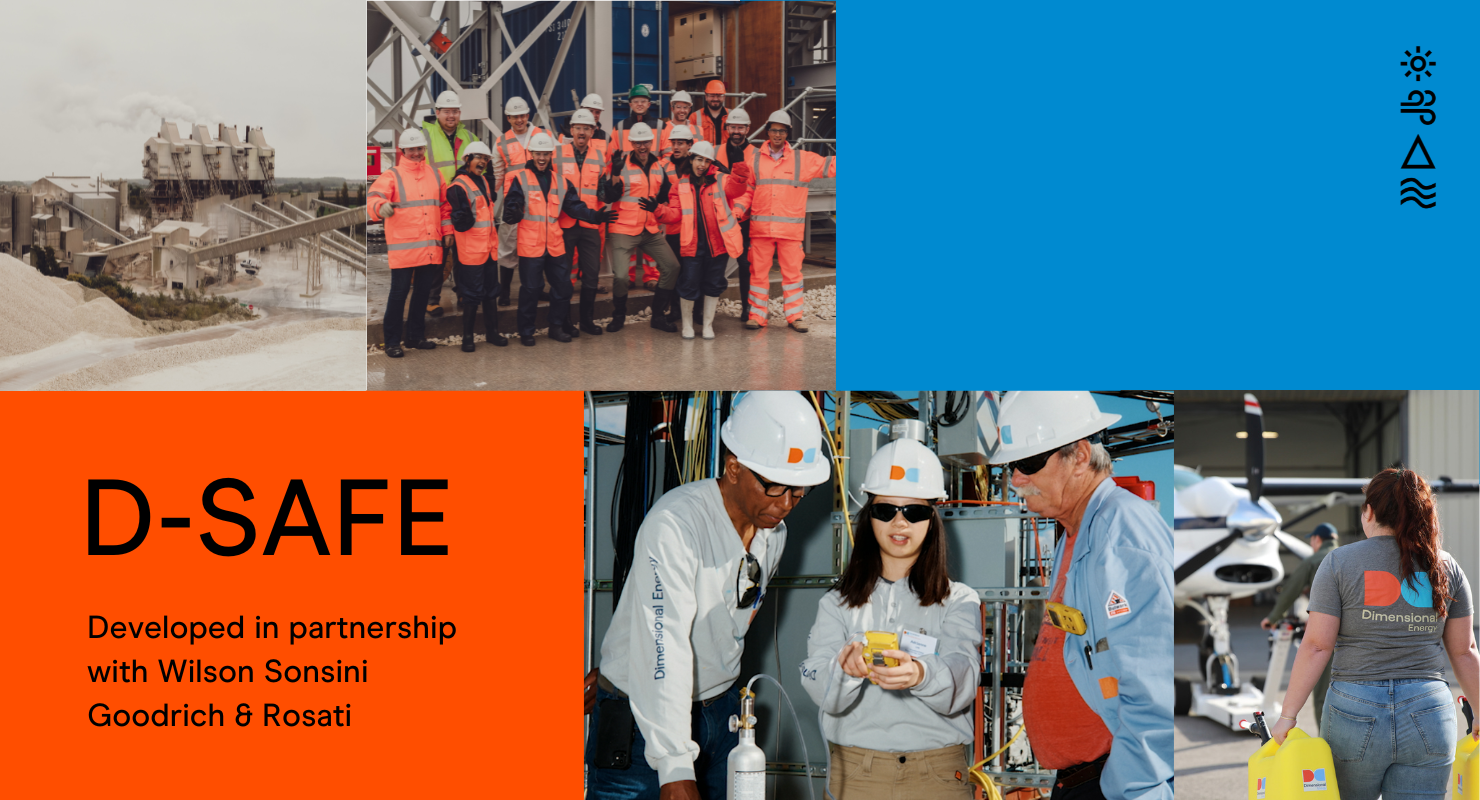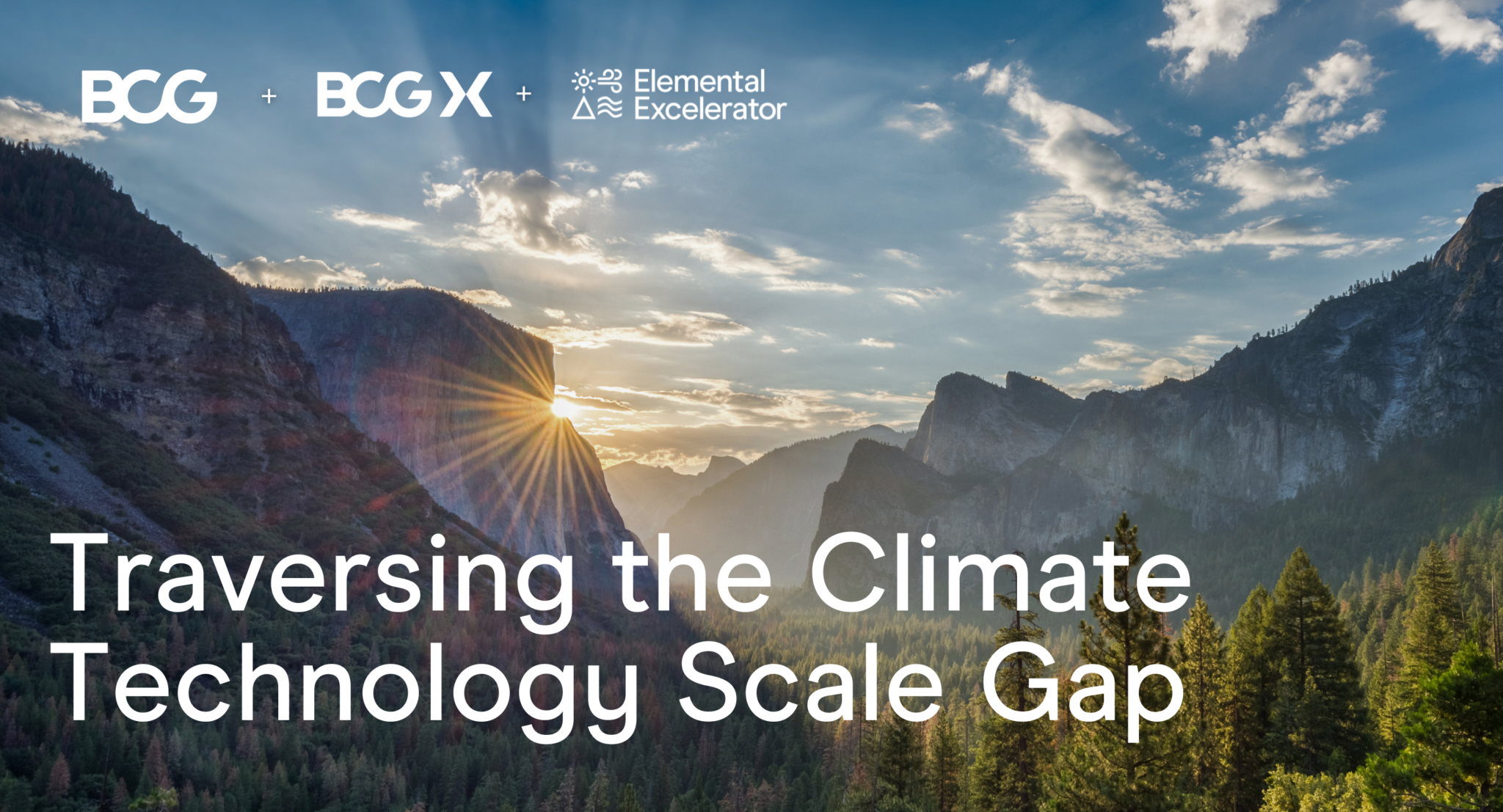
On May 14, we hosted our 7th annual Interactive event bringing together the two of the most important groups in the Elemental ecosystem — the entrepreneurs building companies to overcome our most urgent environmental challenges and the investors, experts, customers, and other partners who are critical for their success.
As we kicked off our very first virtual incarnation of Interactive, we asked our friends around the world — over 350 people tuning in from 10 different time zones 😳 — to give us a peek at their at-home setups.
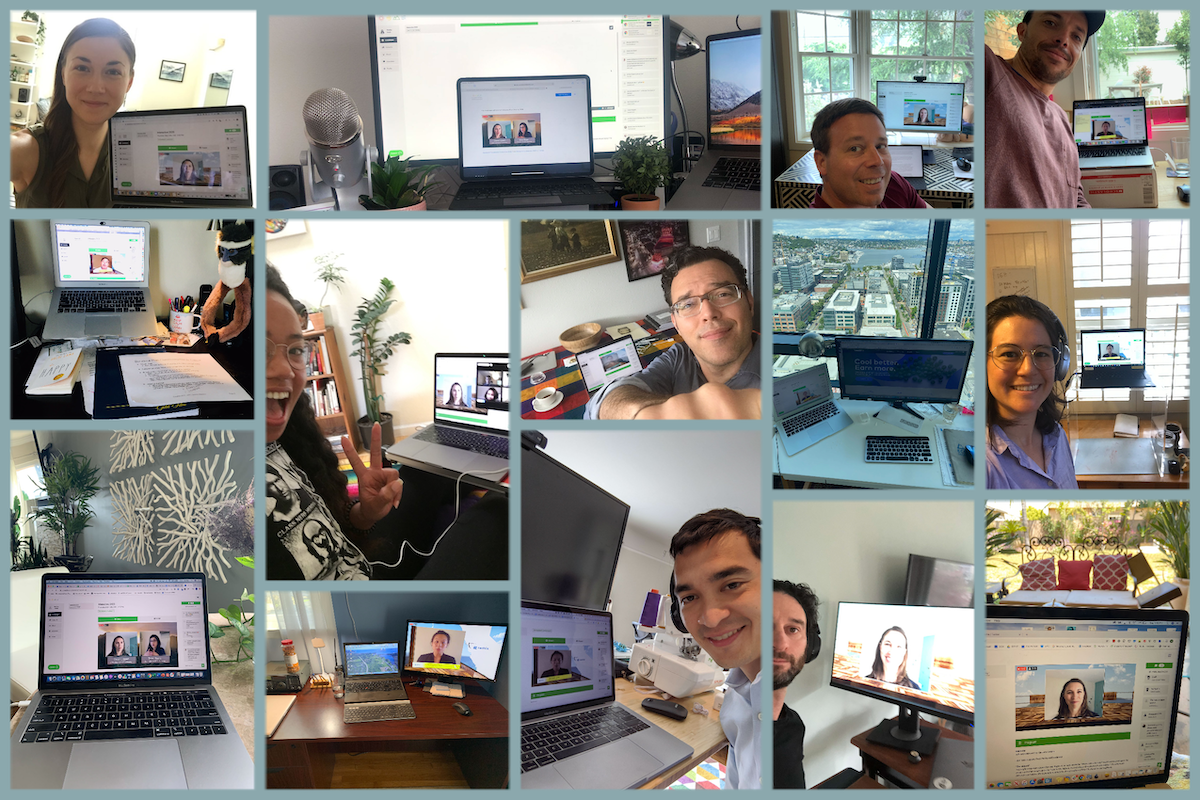
And then, 16 entrepreneurs from our Cohort 8 companies provided a window into how they are faring — and thriving — on their collective march toward creating a cleaner and more equitable future. They shared how they are helping neighbors in the places they call home, addressing the intertwined issues of equity and climate, and studying this crisis in order to build stronger businesses. Several also revealed that despite the COVID-19 pandemic, they have recently closed funding rounds, proving the value investors continue to see in climate innovation.
Here, we’d like to share just a bit of the ingenuity, passion, and potential on display at Interactive.
◦ ◦ ◦
The Helpers
4 companies that are reinventing themselves to help detect the virus or address COVID-19’s impact on our neighbors.

David Lloyd, CEO of FREDsense, described how his company’s water quality sensors, which are designed to detect water toxins in real time, can test for the genetic material of the novel coronavirus.
- “We can customize our platform to detect virtually any type of chemistry, and we’re using this system to be able to respond to the novel coronavirus” David said. “There are vast applications that we can move into, from understanding microbial contamination within drinking water, to doing wastewater surveillance to inform public health concerns amongst communities.“
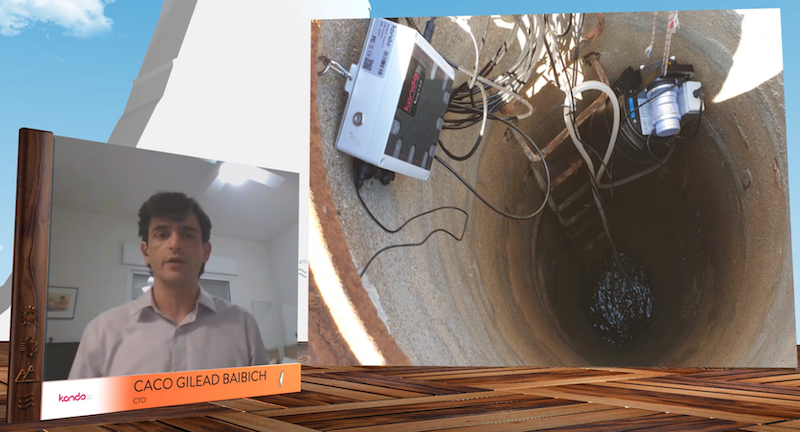
Ricardo (Caco) Gilead Baibich, CTO of Kando, explained how his company’s wastewater surveillance technology, which traces pollution to its source, can also help track COVID-19 infections through sewage.
- “We see wastewater networks as the veins to a city,” Caco said. “By analyzing these networks, we understand what’s happening in the city, not only regarding the environment and pollution, but also in regards to health.”
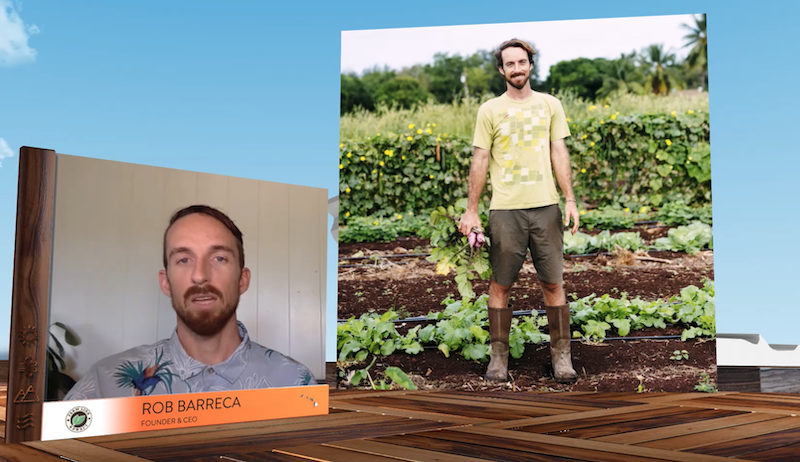
Rob Barreca, CEO of Farm Link Hawaii, shared that demand for his local food marketplace and delivery network has increased by an eye-popping 3000% in March and April.
- “Hawaii is home to over 1 million people that import 90% of our food from 3000 miles away. Yet, we have thousands of acres of unutilized farmland at risk of development.” Rob said. “Farm Link Hawaii’s mission is to increase local food production and decrease the food miles of what we eat.”
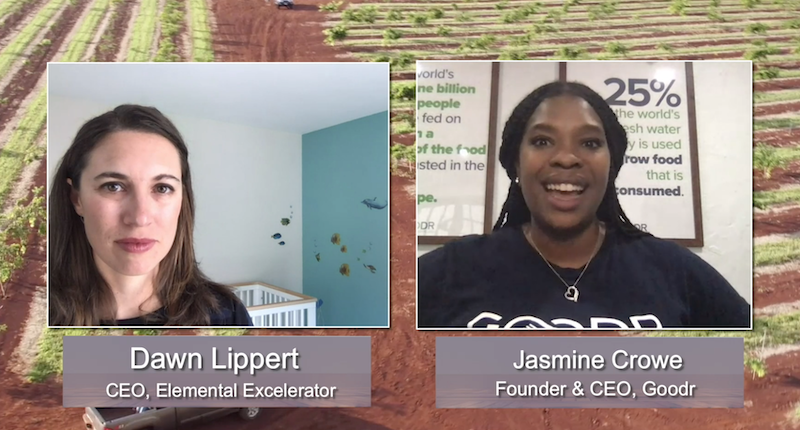
Jasmine Crowe, CEO of Goodr, explained how her company is adapting to the COVID-19 crisis, scaling up from 3-5 deliveries per day to 500 in just two months.
- “Hunger is not an issue of scarcity but rather a matter of logistics,” Jasmine said. “We’ve really stood up to that challenge in the midst of this global pandemic. We’ve started a grocery delivery service for senior citizens, and have partnered with Atlanta public schools to deliver meals to school children”
◦ ◦ ◦
Equity & Climate
3 companies working to increase access to climate technologies in frontline communities
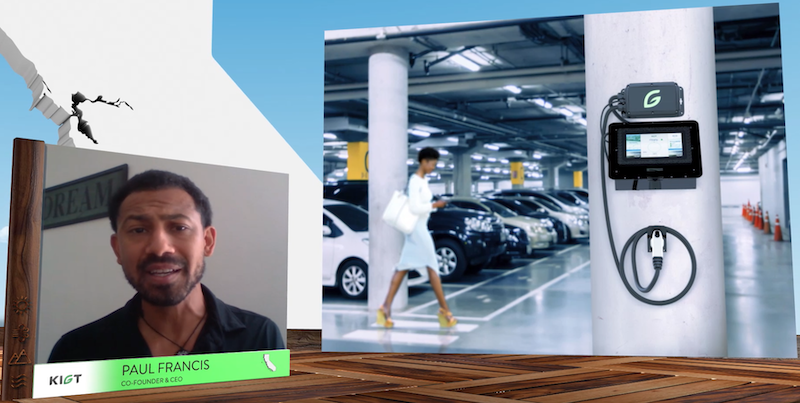
Paul Francis, CEO of KIGT, shared his vision for making electric vehicles more accessible in more communities.
- “We make super small, super smart charging stations for electric cars. The beauty about our tech is that it’s incredibly user friendly and cost effective,” Paul said. “Together, we can reshape 100 years of human habit.”
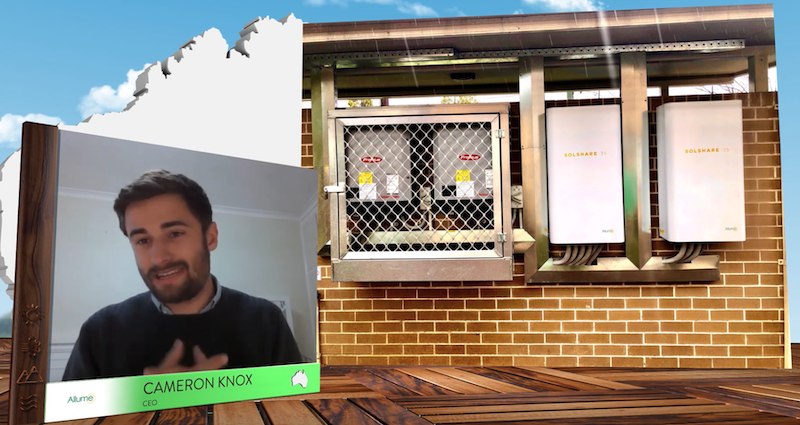
Cameron Knox, CEO of Allume, shared his company’s plans to expand from Australia to the U.S., making solar possible for people living and working in multi-tenant buildings.
- “There are around 2 million Californians who have the roof space for solar but no affordable way to get access to it. At Allume, we didn’t think this was fair. So, we built the Solshare: the world’s first behind-the-meter solar sharing technology.”

Thomas Folker, CEO of Leap, explained how his company’s “marketplace for grid flexibility” is helping a Central Valley school district sell its battery-stored green power, providing enough revenue to hire another teacher.
- “We provide the flexible demand that the grid really needs in times of stress,” Paul said. “We have built an API that connects to the wholesale markets and allows anyone with flexible demand to trade within those markets as if they were a virtual power plant.”
◦ ◦ ◦
Students & Builders
3 companies helping understand the COVID-19 crisis and building toward our future
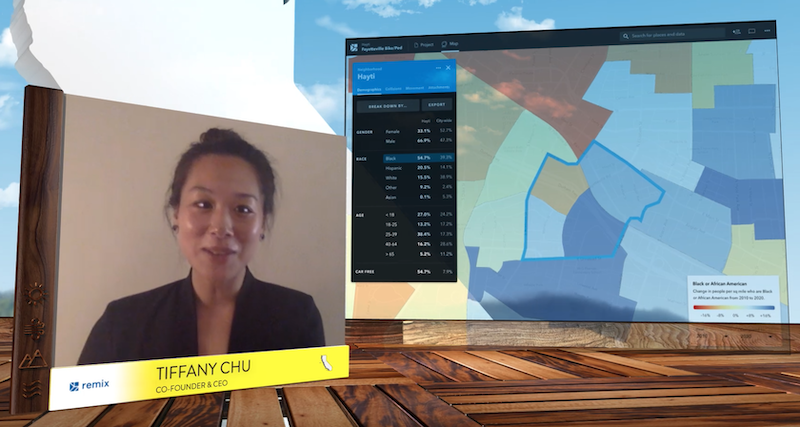
Tiffany Chu, CEO of Remix, spoke about working with Elemental to develop a new “equity analysis tool” designed to bring equity to the forefront of the transportation planning process. The company’s tools are also being used to help cities ensure essential workers can safely get from their homes to their jobs.
- “One of the projects that we have underway is with the SFMTA, as well as hundreds of transit agencies that are undergoing COVID contingency planning right now, where they had to reduce all of their 89 routes to 17 essential, crucial, core service routes,” Tiffany said. “Every transit agency and city is going through this really tough exercise right now, and we’re happy to be able to play a small role in it.”
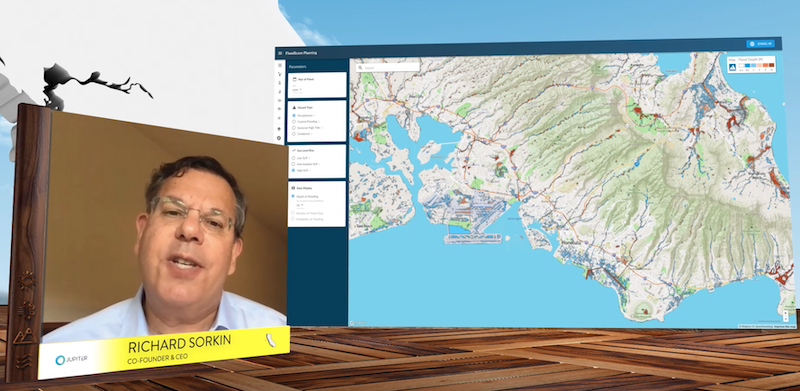
Rich Sorkin, CEO of Jupiter, shared how his company helps forecast the risks of climate hazards on vulnerable infrastructure.
- “C-suite executives are taking low-probability extreme events much more seriously in the current environment,” Rich said. “The global economy may have shut down to address COVID-19, but nature never shuts down. It remains vitally important that utilities and all owners of and investors in vulnerable critical infrastructure become more climate resilient.”
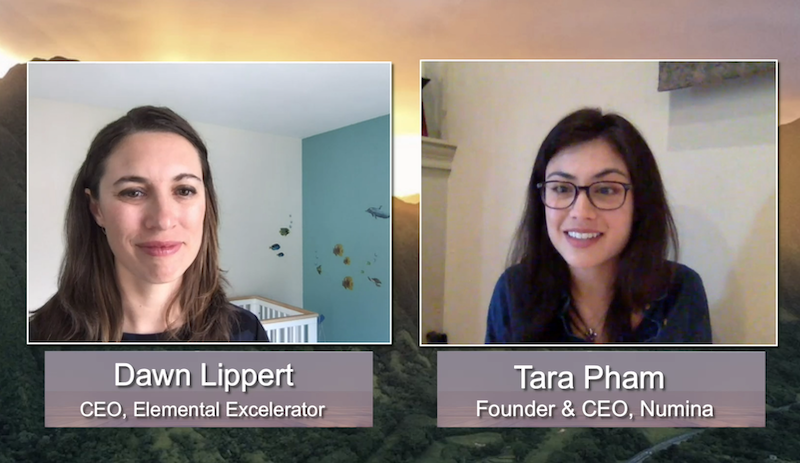
Tara Pham, CEO of Numina, explained how her company’s sensors and computer vision technology, which anonymously monitor street-level activity, can even help cities adapt to social distancing.
- “Although until now cities have formed transportation planning by primarily measuring cars, we aim for transportation equity by focusing on everyone else on the street — pedestrians, bikers, scooters, and dogs!”
◦ ◦ ◦
Closers
5 companies that have closed deals since the COVID-19 crisis started
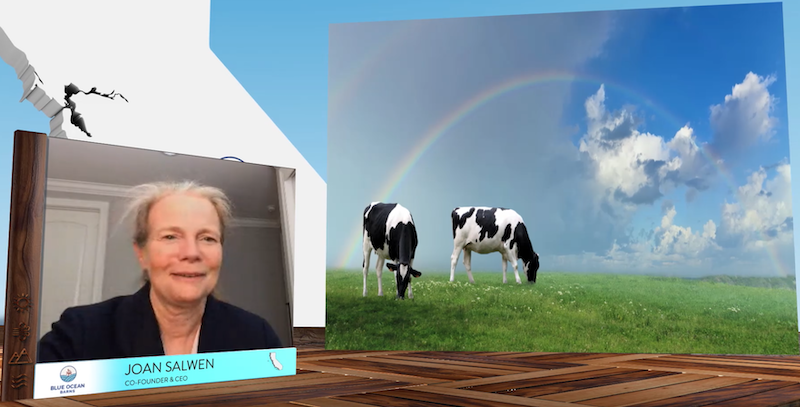
Joan Salwen, CEO of Blue Ocean Barns, explained that feeding seaweed to cattle can help slash methane emissions.
- “If cattle were a country, the emissions that they burp out while digesting that grass would make them the third largest emitter of greenhouse gases, behind only China and the United States,” Joan said. “We turn farmers and their livestock into agents against climate change by blocking the formation of greenhouse gases at the source.”

Matt Duesterberg, CRO of OhmConnect, spoke about becoming the biggest virtual power plant in California by paying customers to cut their power usage during times of peak demand.
- “OhmConnect is solving one of the biggest challenges we have today to get to 100% clean energy by creating grid flexibility and allowing users to be smarter about how they use electricity, both behaviorally and automatically,” Matt said. “With stay at home orders during COVID-19, residential electricity usage is going up. And there is more and more need for smarter, more intelligent uses of electricity.”
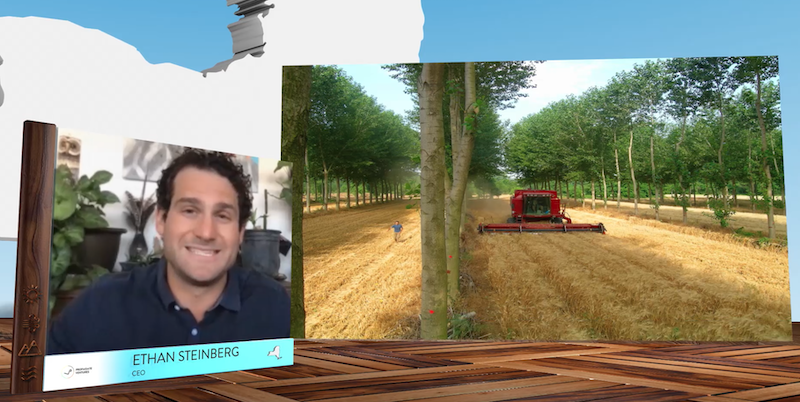
Ethan Steinberg, CEO of Propagate Ventures, spoke about the economic and environmental benefits of agroforestry, and how his company makes it easy for farmers to confidently manage a project.
- “Agroforestry is the integration of fruit, nut, and timber trees with agriculture in row with existing operations,” Ethan said. “This is a practice that’s shown to increase profitability for farmers by 40%, and could remove as much as 10% of annual carbon emissions if we transition just a portion of agriculture.”

Vic Shao, CEO of AMPLY Power, spoke about his company’s mission to scale clean transportation in fleets like city buses and campus shuttles.
- “Cities around the world have recently experienced what clean air actually feels like,” Vic said. “We want to make that permanent by providing electric charging to vehicle fleets as a service.”
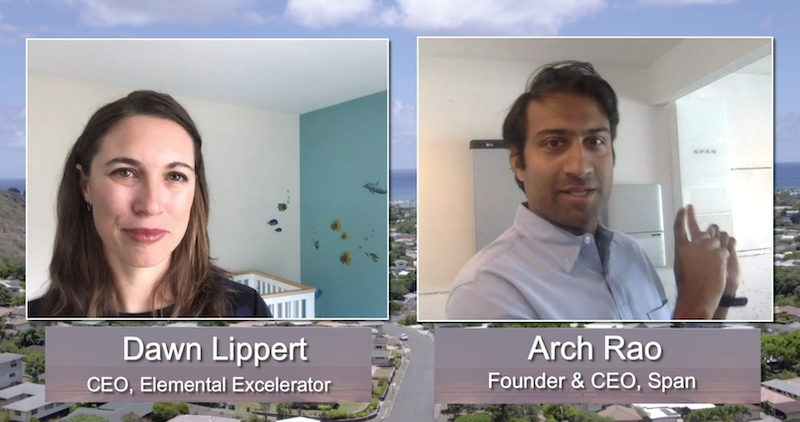
Arch Rao, CEO of Span, explained how his company is reinventing the humble electrical panel for the modern home, grid, and networked world. There’s a sneak peek of his panel on the wall behind him!
- “The electrical panel has been largely un-innovated in over half a century,” Arch said. “By reinventing the panel to be a more digital panel, it allows the opportunity to make it easier and less expensive to deploy distributed solar and storage. Over time what we hope to create is a network of distributed electrical panels that that allow for controlling generation, storage, and loads.”
◦ ◦ ◦
Closings

Andrew Hsieh, CEO of Feasible, detailed how his company is driving down battery costs through ultrasound and machine learning technologies.
- “We help customers see batteries differently. So battery makers can double profitability, automakers can build reliable mass market electric vehicles, and all electric vehicle batteries can be re-used on the grid.”
Andrew also left us with a pitch-perfect parting message.
- “Every crisis is unique. But, it’s not just a challenge for us to overcome. It’s also an opportunity to reflect on the impact we want to make as individuals. It’s an opportunity for communities to come together and build a more equitable future. It’s an opportunity for great leaders and their teams to step up and create the change that we all want for the world.”
We are so very proud and humbled to work with such an array of amazing leaders and their teams, from this latest cohort and all across our entire portfolio.
A final goodbye from Dawn and Lily (1.1 years old), and aloha until we see you again next year!
